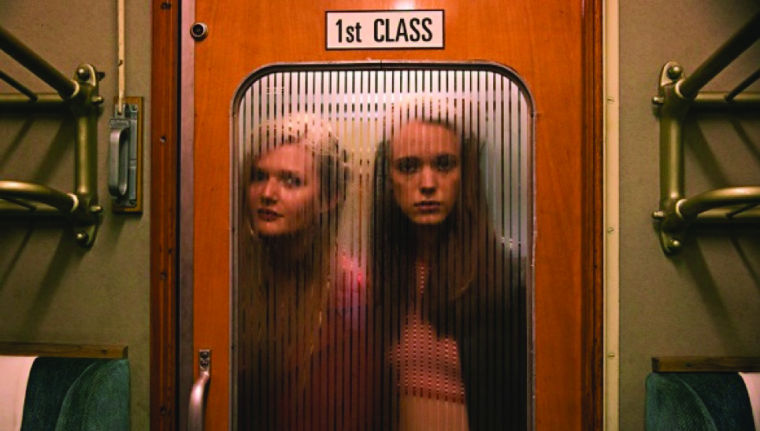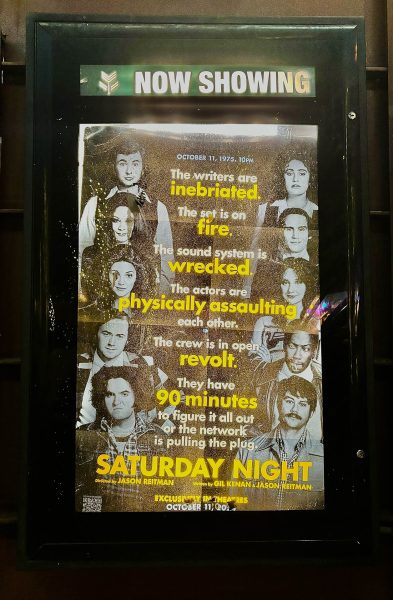‘Nymphomaniac’ is dark and explicit in depiction of addiction
“Nymphomaniac” is the latest film from director Lars von Trier, a sprawling two-part tale of one woman’s sexual journey from when she was a child to her adulthood.
The film is the third and final entry in von Trier’s Depression trilogy, following “Antichrist” and “Melancholia.” Surprisingly, this was the least depressing of the three films, and von Trier injected a fair amount of dark humor into the script, though most of it is in the first half.
Broken into two distinct halves, “Nymphomaniac” clocks in at over four hours long, which is quite a feat to get through for any movie, let alone one as heavy and graphic as this film is. Given its title, the director never shies away from showing the explicit and sometimes uncomfortable nature of the behavior of his leading lady, Joe (played in the present by Charlotte Gainsbourg, who seems to have been von Trier’s muse for this trilogy, and in flashbacks by the daring newcomer Stacy Martin).
The film begins with Joe being discovered injured in a back alley by a middle-aged man named Seligman (Stellan Skarsgård), who takes her in to his apartment. She tells Seligman what an awful person she is, and when he refuses to believe such a thing, she begins to present evidence in the form of her life story. Volume one focuses on Joe’s discovery of her sexuality and her appetite for pleasure, bouncing between numerous lovers, the most notable of which being the man who took her virginity, Jerôme (Shia LaBeouf). Volume two explores Joe’s adult life and how her nymphomania starts to negatively affect her.
Being from the man who wrote and directed a film called “Antichrist” (also starring Gainsbourg), which is one of the more disturbing films I have seen, “Nymphomaniac” expectedly delves into some dark subject matter. Especially during its second half, these moments become exhausting, because von Trier chooses not to cut much out, instead letting the viewer in on every excruciating detail of each activity Joe finds herself participating in. The most tiring of these comes in part two, when Joe begins to see a man known simply as K (Jamie Bell) on a weekly basis.
And speaking of that sequence, all of the film’s actors certainly devote themselves to their roles, no matter how big or small. The acting is all superb, and praise must be given to Martin as Young Joe, which must certainly have been a grueling experience for a first-time actress. Von Trier’s direction is also commendable, serving as a perfect fly on the wall, keeping everything in the film grounded rather than trying to attempt anything flashy or distracting.
Many critics have noted how the film appears to be a huge metaphor for the director’s career thus far, but since I have only seen his two previous films before this one, I cannot attest to that. That allows me to speak as an average viewer of the film, and the question must be asked: without that added context, does the film hold up on its own? Yes and no. It is an interesting perspective on a topic not commonly addressed in film, and much of the dialogue is engaging, but with its length and heavy subject matter, “Nymphomaniac” can sometimes feel like a chore to get through.












